Results
-
 £127.30
£127.30Prinsessen p (fj)erten - Haakon Esplo
In this little suite in three movements, your young musicians really can be creative and have fun.Of course, a story must be written about the unfortunate princess who ate pea soup and got to let a small fart. Maybe one or more should dress up and play the princess and other roles? And who will be the lucky one who gets the honourable assignment to be a soloist on a fart cushion - probably for the first time in the history of your band? Maybe all the musicians should have one each?Think what a great finale at the last movement that could be.Good luck!
Estimated dispatch 7-14 working days
-
 £159.99
£159.99Il Cinghiale di Bronzo - Kumiko Tanaka
This suite is based on the fairy tale The Bronze Pig by Hans Christian Andersen.This is a story about a boy who wants to be a painter and a pig made of bronze. This pig, in Florence town square, is a bronze statue with clear water pouring from its mouth. Legend has it that when an innocent child sits on its back, that the pig can run. In three movements; Flying Dreams in a Starlight Sky, La Via Porta Rossa and Twilight on the Arno River this work is a highly descriptive storytelling piece that will be equally enjoyed by young and old alike. Definitely one not to be snorted at!
Estimated dispatch 7-14 working days
-
 £64.99
£64.99Music from Slumdog Millionaire - A.R. Rahman
Winner of the 2009 Academy Award for Best Picture, Best Original Score, and numerous other awards, this movie took the country by storm. The driving soundtrack of A.R. Rahman played a major part in bringing this powerful anduplifting story to the silver screen. A terrific setting for band! Includes: Jai Ho: O Saya: Aaj Ki Raat: Dreams On Fire.
Estimated dispatch 7-14 working days
-
 £127.30
£127.30Eventyr-Suite - Øystein Sjøvaag Heimdal
Fairytale-Suite is an original work for beginning band. The name of the movements are taken from well-known themes from Norwegian fairytales. The music may not tell a story itselv, but it may be a good base for an exciting fairytale on a concert? This piece gives challenging parts to every player and it's a good choice to showcase the entire band. To the conductor: It's several doublings of the voices. This makes it possible to omit certain instruments or parts. The Drum Set part may be split and played by several players.
Estimated dispatch 7-14 working days
-
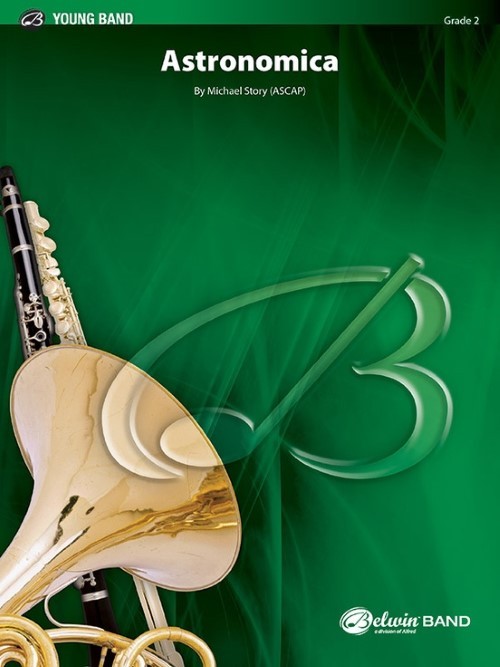 £61.95
£61.95Astronomica (Concert Band - Score and Parts) - Story, Michael
Musically depicting the earliest recorded writings on astrology, this original composition begins with a hauntingly beautiful introduction transitioning to a forceful exploration with a dynamic conclusion. Enjoy this astrological journey that reinforces fermatas, caesuras, and contrasting articulations. Duration: 2:30
Estimated dispatch 7-14 working days
-
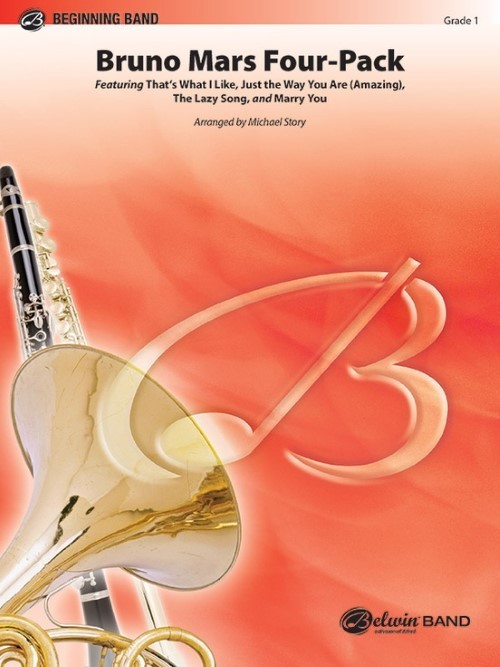 £61.00
£61.00Bruno Mars Four-Pack (Concert Band - Score and Parts) - Story, Michael
Bruno Mars is undoubtedly one of today's biggest recording artists. He has had a string of top hits and has won a whopping 11 Grammy Awards to date. Including "That's What I Like," "Just the Way You Are," "The Lazy Song," and "Marry You," each of the songs can be played alone or may be combined into a Bruno Mars suite.Duration: 4:30
Estimated dispatch 7-14 working days
-
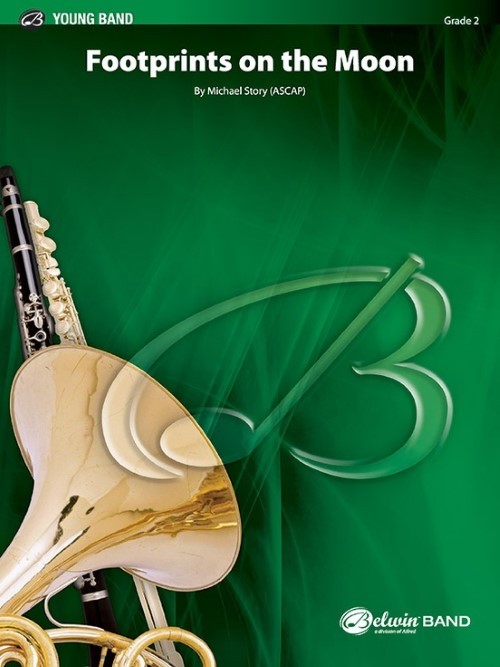 £60.50
£60.50Footprints on the Moon (Concert Band - Score and Parts) - Story, Michael
This emotional original work celebrates the entire United States space program and specifically the July 20th anniversary of the first lunar landing of Apollo 11 in 1969. The piece opens with a majestic and punctuated theme followed immediately by an inquisitive melody. This is interrupted to pay tribute to those lost in Apollo 1 then resumes and develops towards a glorious and soaring conclusion. A compelling choice!Duration: 3.30
Estimated dispatch 7-14 working days
-
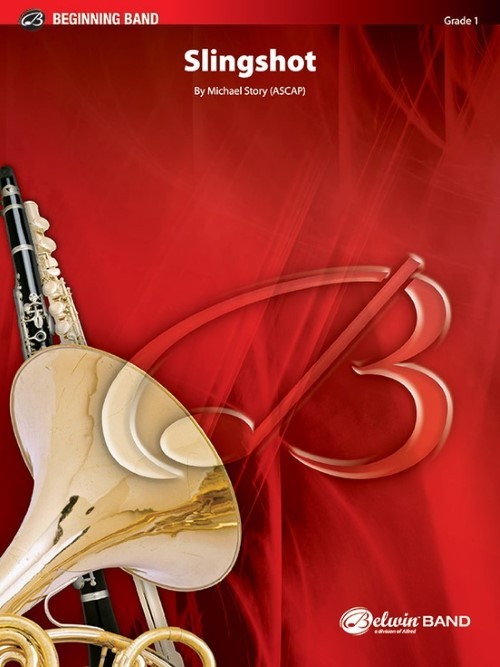 £51.50
£51.50Slingshot (Concert Band - Score and Parts) - Story, Michael
A driving original work that's fun to play and a compelling performance piece for your audience. Teaching opportunities abound with careful attention to shifting dynamics, counting, and a variety of articulations. It's creatively scored to accommodate all of your percussionists or as few as five. This one's right on target!
Estimated dispatch 7-14 working days
-
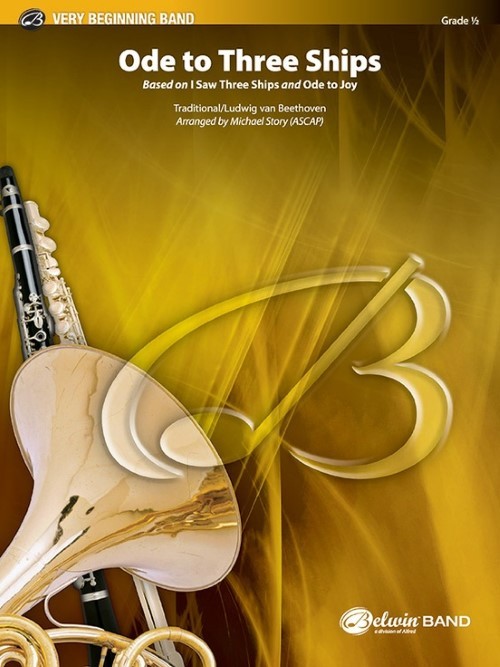 £46.95
£46.95Ode to Three Ships (Concert Band - Score and Parts) - Beethoven, Ludwig van - Story, Michael
Based on "I Saw Three Ships" and "Ode to Joy". Imagine a holiday tune created with no key signature and using only the first few notes learned that's suitable to perform after only a few months of instruction. This arrangement is a mash-up using the popular Christmas carol "I Saw Three Ships" combined with Ludwig van Beethoven's "Ode to Joy" from his 9th Symphony. Merry first 'band' Christmas!Duration: 1.45
Estimated dispatch 7-14 working days
-
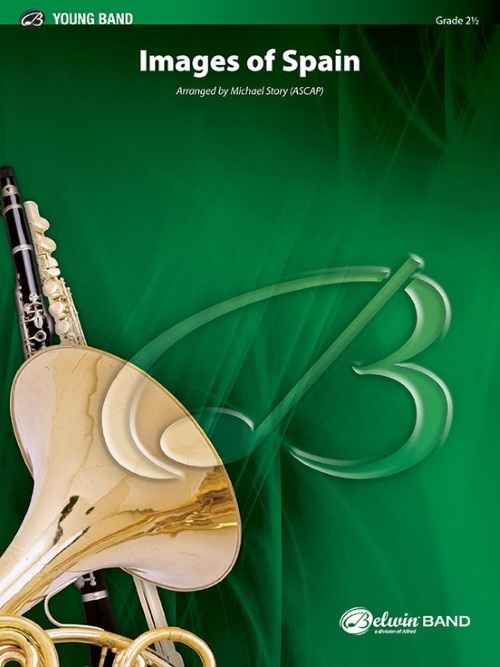 £60.50
£60.50Images of Spain (Concert Band - Score and Parts) - Story, Michael
Three contrasting and delightful traditional Spanish melodies are seamlessly interwoven for concert or contest programming. Including the revered "Asturias" by Isaac Alb?niz, Granados' "Spanish Dance #5" from his Twelve Spanish Dances, and the well-known "Espa?a Ca?i," a paso doble by Pascual Marquina Narro featuring a wide variety of ensemble textures. Intellectual, musical, and worldly! Duration: 3:45
Estimated dispatch 7-14 working days
